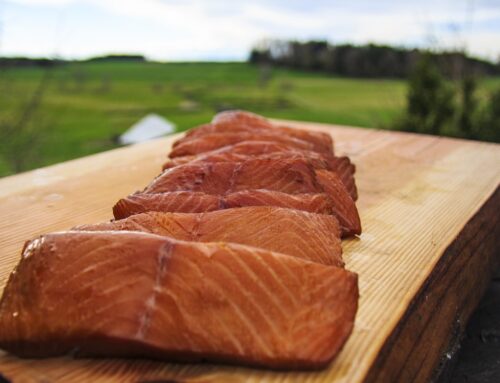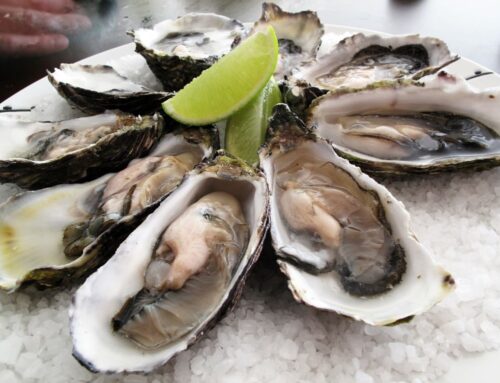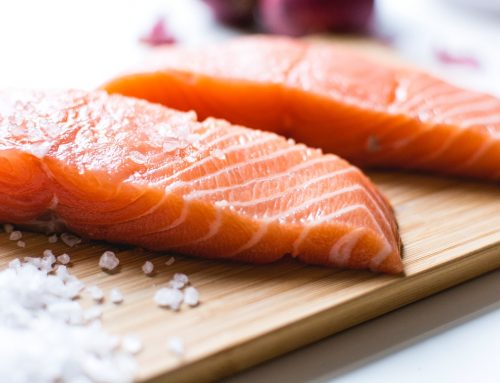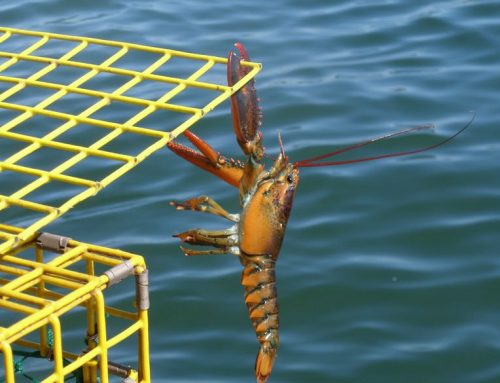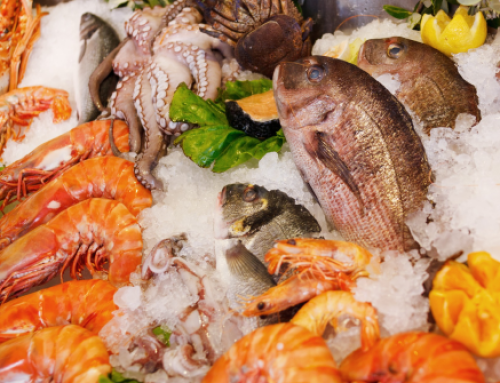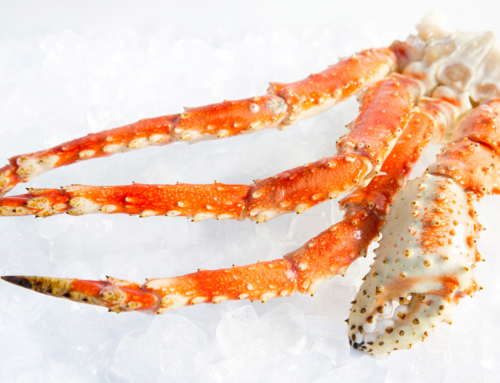Mercury is most often cited as the big toxin in seafood. Salmon, lobster, crawfish, catfish, anchovies, sardines, trout and whitefish have among the lowest levels of mercury for any seafood and can be safely eaten on almost a daily basis without undue risk of mercury toxicity. If this is your primary concern, you can check out our guide on estimating mercury levels in your diet. However, mercury isn’t the only toxin that can be found in much of today’s seafood. In fact, there are several persistent organic pollutants (POPs) that are found in fishing waters across the globe.
How to Find Healthy Seafood
This may sound and look scary, but here’s the good news: Overall, levels of these toxins have been getting better since the 1960s when the first meaning environmental regulations were put into place. Despite the perception, many types of seafood are safer and healthier to eat than they have been in nearly 100 years. So, while it’s great to know about potential toxins in seafood, this information shouldn’t stop you from eating seafood, which is still one of the best sources of protein in our diet today.
By following a couple rules of thumbs, you can further reduce your exposure to these chemicals.
- Choose seafood with shorter life cycles. Choose seafood lower on the food chain and which rarely, if ever, eat other fish that are high in toxins.
- Choose seafood from protected watersheds that are known to have lower levels of toxins.
These rules for choosing seafood also explain why Alaskan salmon and Maine lobster are among the most desirable seafood choices in the entire world.
Toxins in Seafood to Know About
More than mercury, there may be tiny amounts of polybrominated diphenyl ethers (PBDEs), polychlorinated biphenyls (PCBs), as well as a handful of persistent pesticides in seafood.
Polychlorinated Biphenyls (PCBs): This group of industrial chemicals has numerous industrial and commercial applications. These chemicals increase the risk of cancer and can interfere with fetal and infant development. When people talk about the health dangers of processed foods, PCBs are one of the culprits. PCBs are also known to be significantly higher in farm-raised salmon than wild Alaskan salmon.
Polybrominated Diphenyl Ethers (PBDEs):
These chemicals are used as flame retardants in a number of popular items including furniture, textiles, automotive parts, and electronics. Believed to be endocrine disruptors, these chemicals have many of the same negative health effects as PCBs.
Pesticides: Chlordane, DDT, Dieldrin, and Toxaphene
In high or consistent doses, these persistent or “legacy” pesticides increase the risk of cancer. They can also have effects on reproduction and fetal development.
Take note of our Affiliate Relationships that may exist with this page and companies listed on it.


